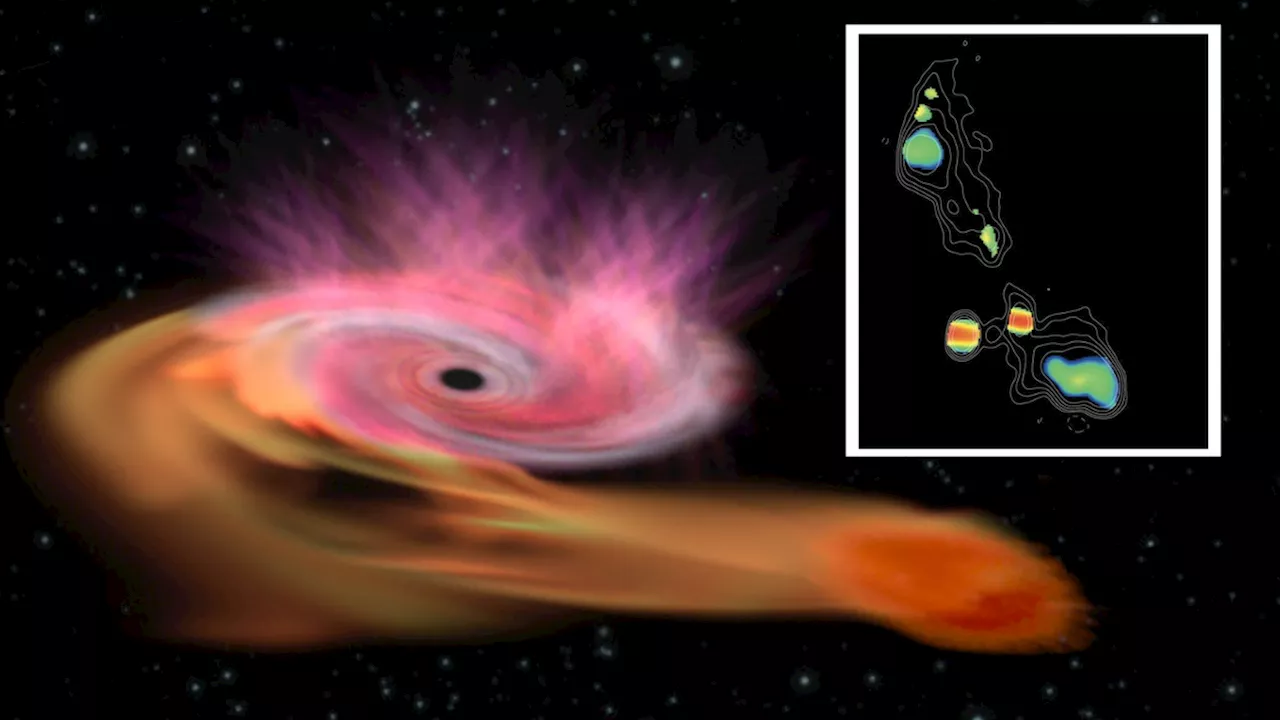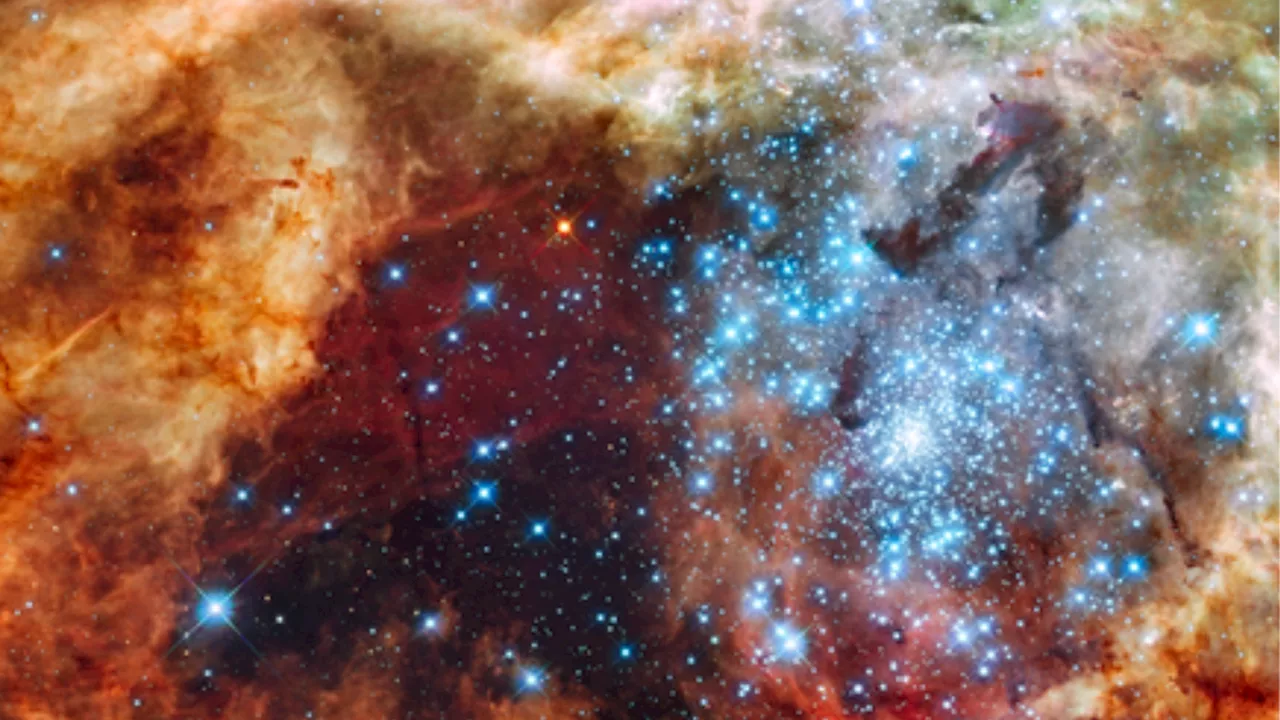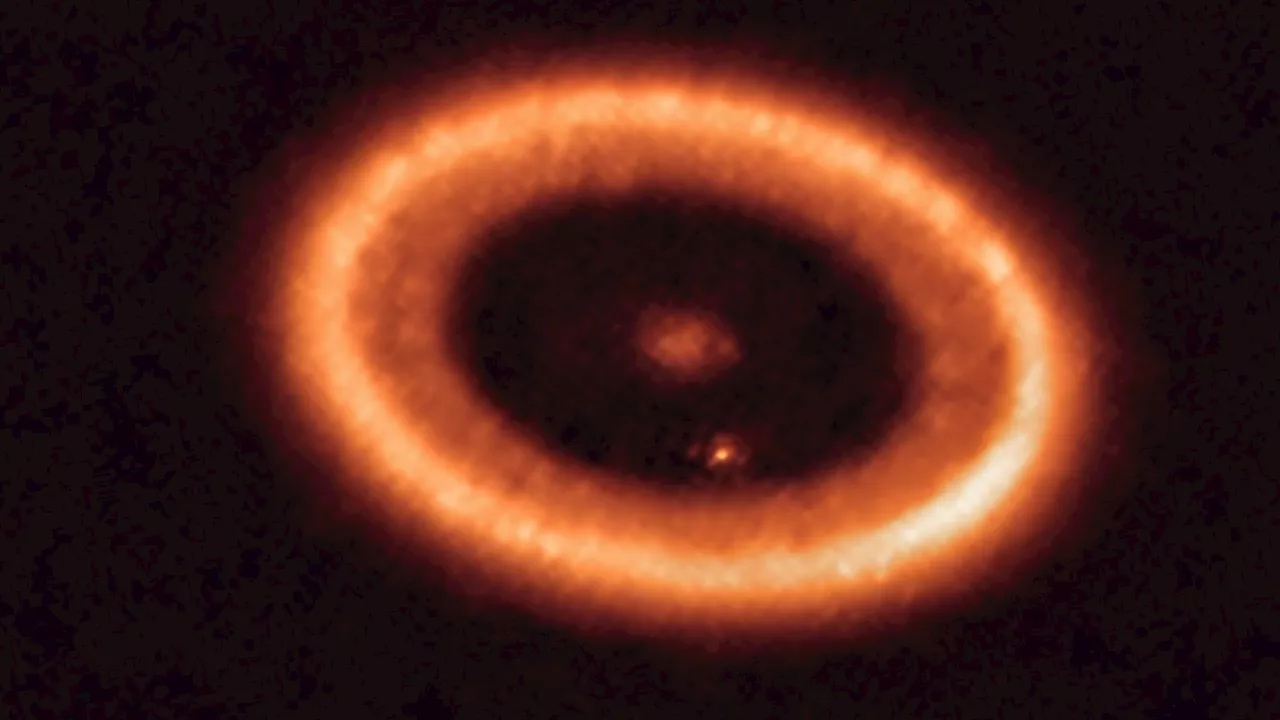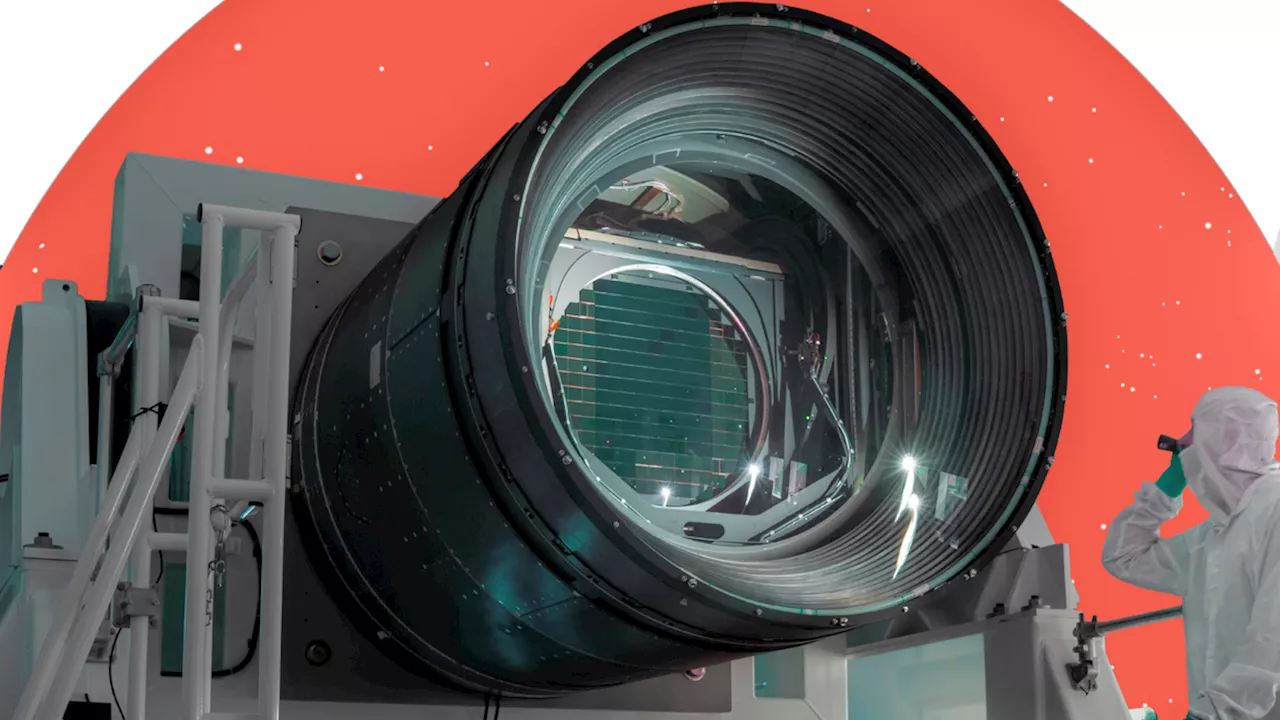Robert Lea is a science journalist in the U.K. whose articles have been published in Physics World, New Scientist, Astronomy Magazine, All About Space, Newsweek and ZME Science. He also writes about science communication for Elsevier and the European Journal of Physics. Rob holds a bachelor of science degree in physics and astronomy from the U.K.
A magneto-optical trap of approximately 300 million strontium atoms suspended in a vacuum chamber cooled to just above absolute zero. This trap was used by researchers to develop new techniques for measuring time.The use of a special type of atom could make even the most advanced atomic clocks more precise, scientists believe.
"In traditional atomic clocks, the detection heats up the atoms, requiring atoms to be freshly loaded," Bohr said."This loading takes a while and causes downtime in the atomic clock cycle, limiting precision." "One cannot fundamentally distinguish which atom emitted which photon. They emitted them together, collectively," he added."This enhanced emission rate allows for photons to be emitted much quicker from the type of atomic transitions that are used in atomic clocks."
"State-of-the-art atomic clocks are now so precise they are sensitive to gravity," Bohr said."There are proposals that if we have atomic clocks that are portable and precise enough, we can place them strategically and better predict earthquakes and volcano eruptions by measuring certain variations in gravity."Coming from a line of scientists who have been influential in our understanding of the subatomic world, Bohr may well have this sort of research in his blood.
"The concepts are completely non-intuitive, but through rigorous data and debates, they accepted these new 'quantum' rules," Bohr said."We now accept them and use them in many of our modern-day technologies. I hope to contribute to developing the next quantum technologies which will benefit society."
Österreich Neuesten Nachrichten, Österreich Schlagzeilen
Similar News:Sie können auch ähnliche Nachrichten wie diese lesen, die wir aus anderen Nachrichtenquellen gesammelt haben.
 Why are some supermassive black hole jets so short? Astronomers may have cracked the caseRobert Lea is a science journalist in the U.K. whose articles have been published in Physics World, New Scientist, Astronomy Magazine, All About Space, Newsweek and ZME Science. He also writes about science communication for Elsevier and the European Journal of Physics. Rob holds a bachelor of science degree in physics and astronomy from the U.K.
Why are some supermassive black hole jets so short? Astronomers may have cracked the caseRobert Lea is a science journalist in the U.K. whose articles have been published in Physics World, New Scientist, Astronomy Magazine, All About Space, Newsweek and ZME Science. He also writes about science communication for Elsevier and the European Journal of Physics. Rob holds a bachelor of science degree in physics and astronomy from the U.K.
Weiterlesen »
 Hubble Space Telescope finds bucket of cosmic Easter eggs — 500 blue and red starsRobert Lea is a science journalist in the U.K. whose articles have been published in Physics World, New Scientist, Astronomy Magazine, All About Space, Newsweek and ZME Science. He also writes about science communication for Elsevier and the European Journal of Physics. Rob holds a bachelor of science degree in physics and astronomy from the U.K.
Hubble Space Telescope finds bucket of cosmic Easter eggs — 500 blue and red starsRobert Lea is a science journalist in the U.K. whose articles have been published in Physics World, New Scientist, Astronomy Magazine, All About Space, Newsweek and ZME Science. He also writes about science communication for Elsevier and the European Journal of Physics. Rob holds a bachelor of science degree in physics and astronomy from the U.K.
Weiterlesen »
 James Webb Space Telescope joins the hunt for newborn exoplanetsRobert Lea is a science journalist in the U.K. whose articles have been published in Physics World, New Scientist, Astronomy Magazine, All About Space, Newsweek and ZME Science. He also writes about science communication for Elsevier and the European Journal of Physics. Rob holds a bachelor of science degree in physics and astronomy from the U.K.
James Webb Space Telescope joins the hunt for newborn exoplanetsRobert Lea is a science journalist in the U.K. whose articles have been published in Physics World, New Scientist, Astronomy Magazine, All About Space, Newsweek and ZME Science. He also writes about science communication for Elsevier and the European Journal of Physics. Rob holds a bachelor of science degree in physics and astronomy from the U.K.
Weiterlesen »
 James Webb Space Telescope spots hints of exomoons forming in infant star systemRobert Lea is a science journalist in the U.K. whose articles have been published in Physics World, New Scientist, Astronomy Magazine, All About Space, Newsweek and ZME Science. He also writes about science communication for Elsevier and the European Journal of Physics. Rob holds a bachelor of science degree in physics and astronomy from the U.K.
James Webb Space Telescope spots hints of exomoons forming in infant star systemRobert Lea is a science journalist in the U.K. whose articles have been published in Physics World, New Scientist, Astronomy Magazine, All About Space, Newsweek and ZME Science. He also writes about science communication for Elsevier and the European Journal of Physics. Rob holds a bachelor of science degree in physics and astronomy from the U.K.
Weiterlesen »
 The world's largest digital camera is ready to investigate the dark universeRobert Lea is a science journalist in the U.K. whose articles have been published in Physics World, New Scientist, Astronomy Magazine, All About Space, Newsweek and ZME Science. He also writes about science communication for Elsevier and the European Journal of Physics. Rob holds a bachelor of science degree in physics and astronomy from the U.K.
The world's largest digital camera is ready to investigate the dark universeRobert Lea is a science journalist in the U.K. whose articles have been published in Physics World, New Scientist, Astronomy Magazine, All About Space, Newsweek and ZME Science. He also writes about science communication for Elsevier and the European Journal of Physics. Rob holds a bachelor of science degree in physics and astronomy from the U.K.
Weiterlesen »
 James Webb Space Telescope gets to the heart of a smoking starburst galaxy (images)Robert Lea is a science journalist in the U.K. whose articles have been published in Physics World, New Scientist, Astronomy Magazine, All About Space, Newsweek and ZME Science. He also writes about science communication for Elsevier and the European Journal of Physics. Rob holds a bachelor of science degree in physics and astronomy from the U.K.
James Webb Space Telescope gets to the heart of a smoking starburst galaxy (images)Robert Lea is a science journalist in the U.K. whose articles have been published in Physics World, New Scientist, Astronomy Magazine, All About Space, Newsweek and ZME Science. He also writes about science communication for Elsevier and the European Journal of Physics. Rob holds a bachelor of science degree in physics and astronomy from the U.K.
Weiterlesen »
